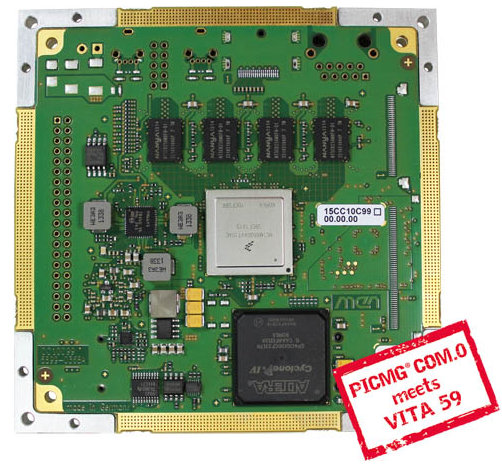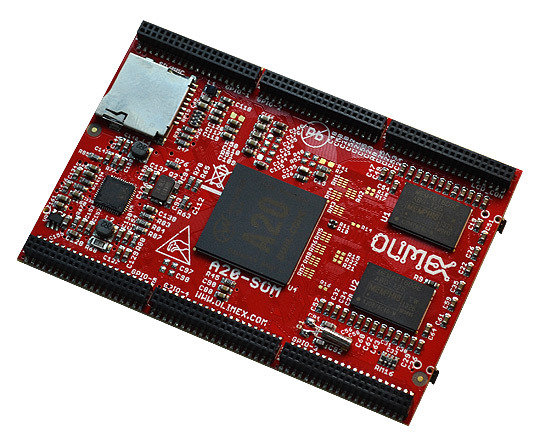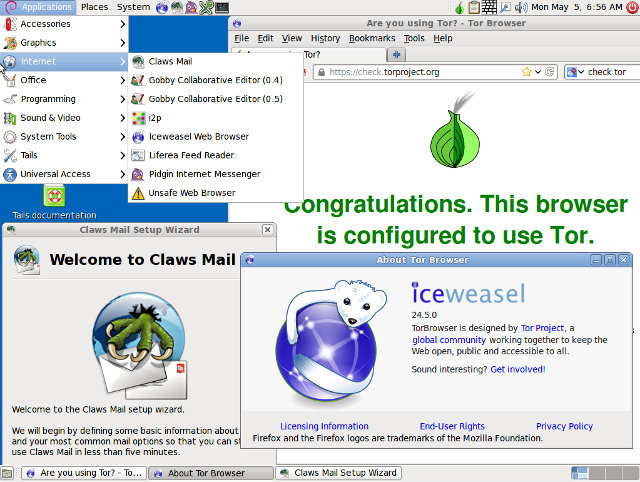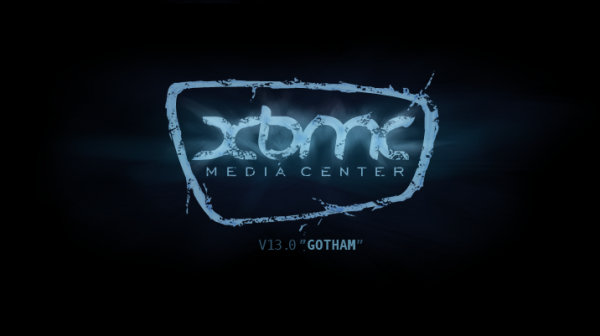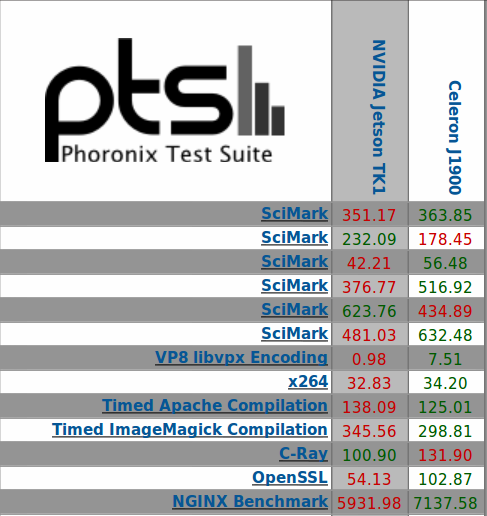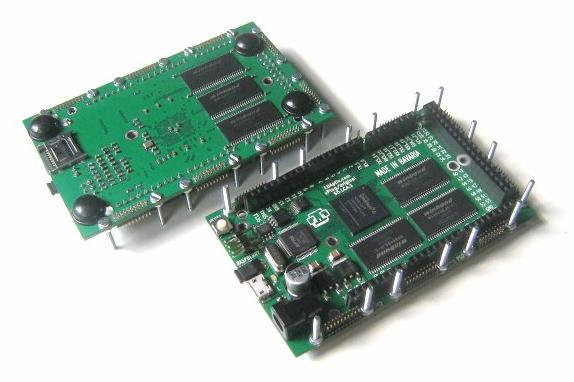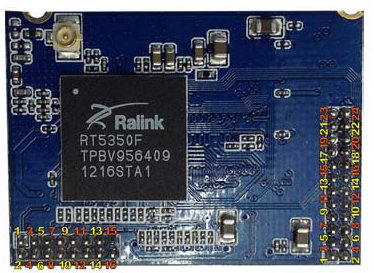A few days ago, in a post listing different system-on-module (SoM) standards, I mentioned COM Express standard was targeting SoMs based on x86 processors, and SMARC was the equivalent for ARM. I still understand it’s the case as COM Express standard defines mechanical dimensions that are usually larger than SoM standard for low power processors, some buses found in ARM and x86 are different (e.g. AFAIK LPC and PCI are not found in ARM SoC), and the standard supports high power signals which are not needed in ARM or MIPS processors. Having said that, I’ve been pointed out to two ARM based COM Express modules, which could make sense if you want to use an ARM based module using existing COM Express compatible baseboards. The COM Express modules below feature Freescale i.MX6 and Marvell Armada XP SoCs, and have been designed respectively by MEN Mikro Electronik and Pactron. MEN Mikro […]
Olimex Introduces Low Cost AllWinner A13, AllWinner A20 and TI Sitara AM3352 Systems-on-Module
About a year ago, Olimex reported working on an AllWinner A20 System-on-Module. But after some unexpected delays, Olimex A20-SOM is finally available, and they’ve even announced A13-SOM and AM3352-SOM, respectively based on AllWinner A13 and Texas Instruments Sitara AM3352 ARM Cortex A8 SoCs, with price starting at 12 Euros for 1K orders. Olimex A20-SOM and A20-SOM-4G There are actuall two versions of the SoM, A20-SOM-4G including 4GB NAND flash, and A20-SOM without. Here are the specifications: SoC – AllWinner A20 dual core ARM Cortex A7 processor with Mali-400MP2 GPU System Memory – 1GB DDR3 memory Storage – 4GB NAND Flash (A20-SOM-4G only) + microSD slot Debugging – UART console connector (at the back) PMIC – AllWinner AXP209 PMU IC Misc – Status LEDs, RESET, RECOVERY buttons Connectors – 6x 2×20 pin 0.05″ female headers Dimensions – N/A The SoM is said to support Android and Debian, but you could also […]
A Quick Test Drive of Tails, a Privacy Focused Linux Distribution
Tails (The Amnesic Incognito Live System) is a Linux distribution that allows you to use the Internet anonymously and circumvent censorship via the Tor network. It leaves no trace, and is said to use “state-of-the-art” cryptographic tools to encrypt files, emails and instant messages. It’s distributed as a live image that boots from a DVD drive, a USB stick, or an SD card. Tails v1.0 has recently been released. so let’s give it a quick try. Tails is currently only available for x86 (32-bit), no ARM image yet. The source code is available via a git repo. Let’s download the ISO image (mirror), and signature. Alternatively you can download both via BitTorrent. To make sure the image is not compromised it’s recommend to verify the integrity of the ISO image with the signature we’ve just downloaded. You’ll also need a signing key The are several methods, but I’ve opened a terminal, […]
XBMC 13 “Gotham” Released
After month of development, alpha releases, beta releases, RC releases, XBMC 13 “Gotham” is finally out. This is the first official release that supports hardware video decoding for ARM and x86 based Android 4.0+ devices. Support is not available for 100% of devices, as for instance, AllWinner A1X/A20 and Amlogic SoCs do not support the standard Android StrageFright or MediaCodec APIs, but most others should. There’s one XBMC Android version for ARM, one for x86. Android hardware video decoding is obviously not the only feature or improvement brought about by XBMC 13. Here are the key ones: Raspberry Pi and Android speed improvements – Overall system performance improvements, but optimizations are said to be particularly noticeable when opening and browsing libraries, loading images and starting videos. Stereoscopic 3D Rendering – SBS, TAB, anaglyph, and interlaced are supported. XBMC cannot yet support 3D blurays and cannot provide hardware acceleration for FullSBS/TAB […]
Nvidia Tegra K1 CPU/FPU Performance is Comparable to Intel Celeron “Bay Trail-D” J1900 SoC
Nvidia Jetson TK1 development board powered by Nvidia Tegra K1 quad core ARM Cortex A15 processor and a 192-core Kepler GPU has started shipping, and some people have already received theirs, including Michael Larabel (Phoronix) who ran some benchmarks on the board that comes pre-loaded with Ubuntu 14.04 LTS. We already had some benchmarks comparing Tegra K1 to ARM peers on Android, but it’s the first time Linux benchmarks are available. The benchmarks seems to only involve CPU and FPU, and probably not the GPU at this point, but the results are still interesting, and Michael also pointed links comparing Nvidia Tegra K1 development board performance to some Intel Core i5 based PCs, as well as a platform based on an Intel Celeron J1900, a quad core processor part of Bay Trail Desktop family. The later is most interesting as we compare systems with similar power requirements. Nvidia Tegra K1 […]
Meet Arduissimo, a Multi-core Arduino Board with a 16-core Xilinx Spartan FPGA (Crowdfunding)
Arduissimo a MultiCore Arduino project based on an FPGA Arduino Board powered by Xilinx Spartan LX6. It supports virtual peripherals, and allows you to configure PWMs, I2Cs, SPIs, and more on any of the 124 General Purpose IOs available through the board. Arduissimo specifications: FPGA – Xilinx Spartan-6 LX16 CSG326 -2 System Memory SDRAM Interface 1 – 1x 256MBit, 4x 64MBit, 166MHz SDRAM Interface 2 – 1x 64MBit, 166MHz Storage – EEprom for configuration file + micro SD card slot (4 pins connected to FPGA) USB – High Speed USB, FTDI HS2232HL (13 pins for “245 fifo sync” connected to the FPGA) 124 IOs: 4 IOs – 2.54mm header (e.g. Raspberry Pi) 72 IOs: Arduino Mega footprint (44 IOs shared with uPlug) 92 IOs: 8 uPlug connector slots (44 IOs shared with Arduino Mega) 50MHz oscillator Misc – Reset switch, 1x yellow LED, 4x bumpers Dimensions – 98.5 mm x […]
$15 AsiaRF AWM002 & AWM003 Wi-Fi Modules Run OpenWRT, Expose GPIOs
This week-end I explained how to build a web server that could be used for automation and other Internet of things applications for less than $15 by combining an Arduino Leonardo with ECN18J60 Ethernet module. The hardware itself is cheap, but it may not always be convenient, or cost effective, to wire your house or office with Ethernet cables. One solution is to use Wi-Fi modules such as TI CC3000 evaluation module, an Electric Imp module, or Ariettea G25 + Wi-Fi board, but these usually cost between $30 to $50 in single quantity. AsiaRF AWM002 and AWM003 are low cost 802.11n Wi-Fi modules with access to GPIOs that could be an interesting alternative as they cost $15 + shipping, and even below $10 in quantities. The only difference between the two is that AWM003 supports more RAM (64MB vs 32MB). Here are the specifications for these modules: SoC – Mediatek/Ralink […]
How to Mount Google Drive in Linux with google-drive-ocamlfuse
Ubuntu One is not included in the latest Ubuntu 14.04 LTS, and will be phased out on the 1st of July 2014, with files from users being completely wiped out by the 31st of July. I liked the service to exchange files between my Ubuntu computer and Android phones, and features like automatic upload of pictures. Luckily there are alternative such as Dropbox, Copy.com, and ownCloud, each with their own pros and cons. But today, I’ll show how to easily use your Google Drive in Ubuntu / Debian. Last year, I wrote about insync, a beta service that offers Google drive integration into Linux, but since service went out of beta, the company started to charge $15 per account for consumers (one time year), with business plans starting at $15 per year. If you are interested in this solution you can still give it a try for free for 14 […]


